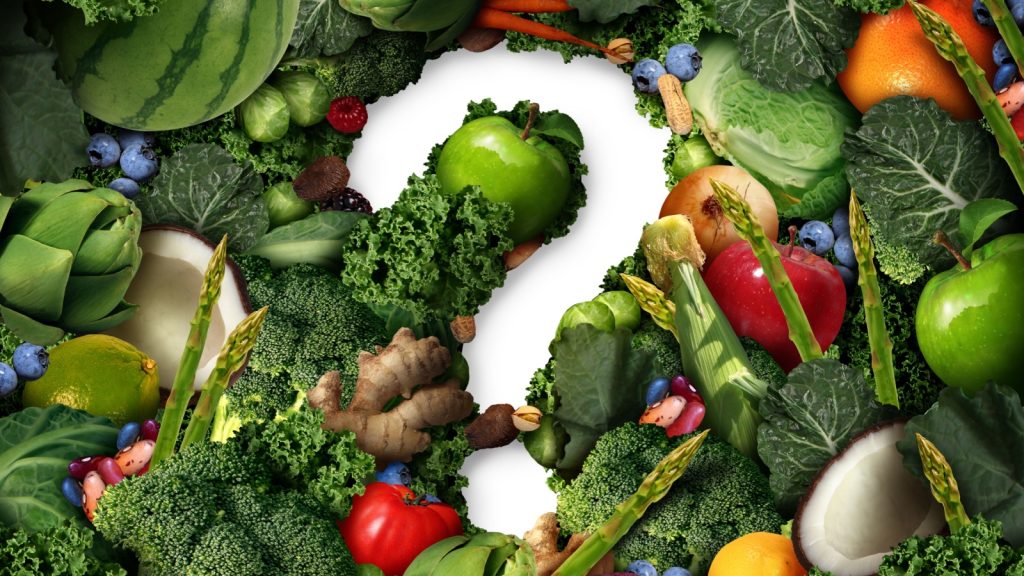Food is a part of our daily lives, yet there’s so much we don’t know about it. From strange fruits to cooking mysteries, the world of food is full of surprises. Here are 23 tricky food questions that might just stump you!
1. What’s the difference between jam and jelly?
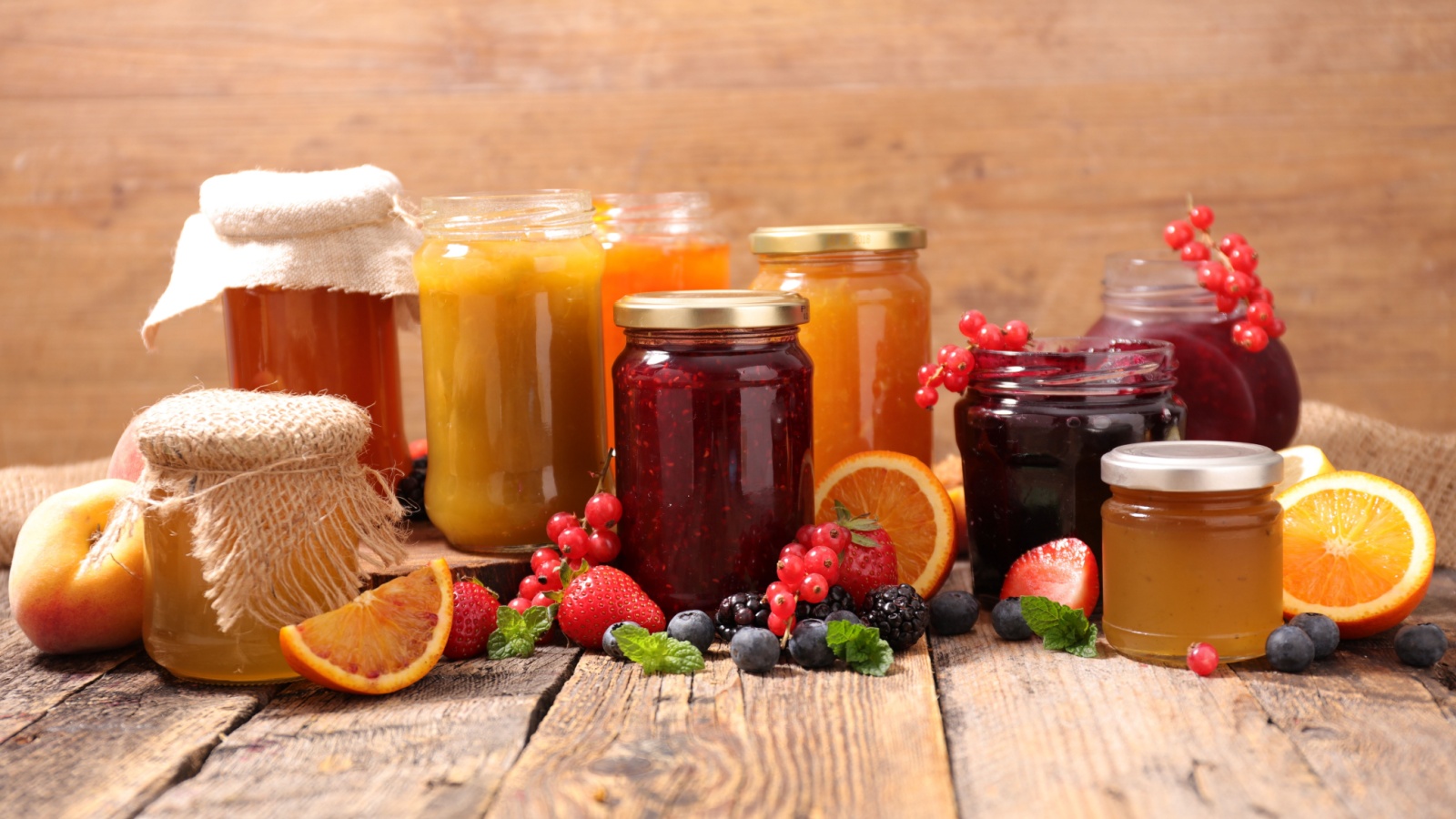
Many people use these terms interchangeably, but they’re not the same thing. Jam is made from crushed fruit, while jelly uses only the juice. Jelly is clearer and smoother, while jam has bits of fruit in it. The making process is different too, with jelly requiring more steps.
2. Why do onions make you cry?
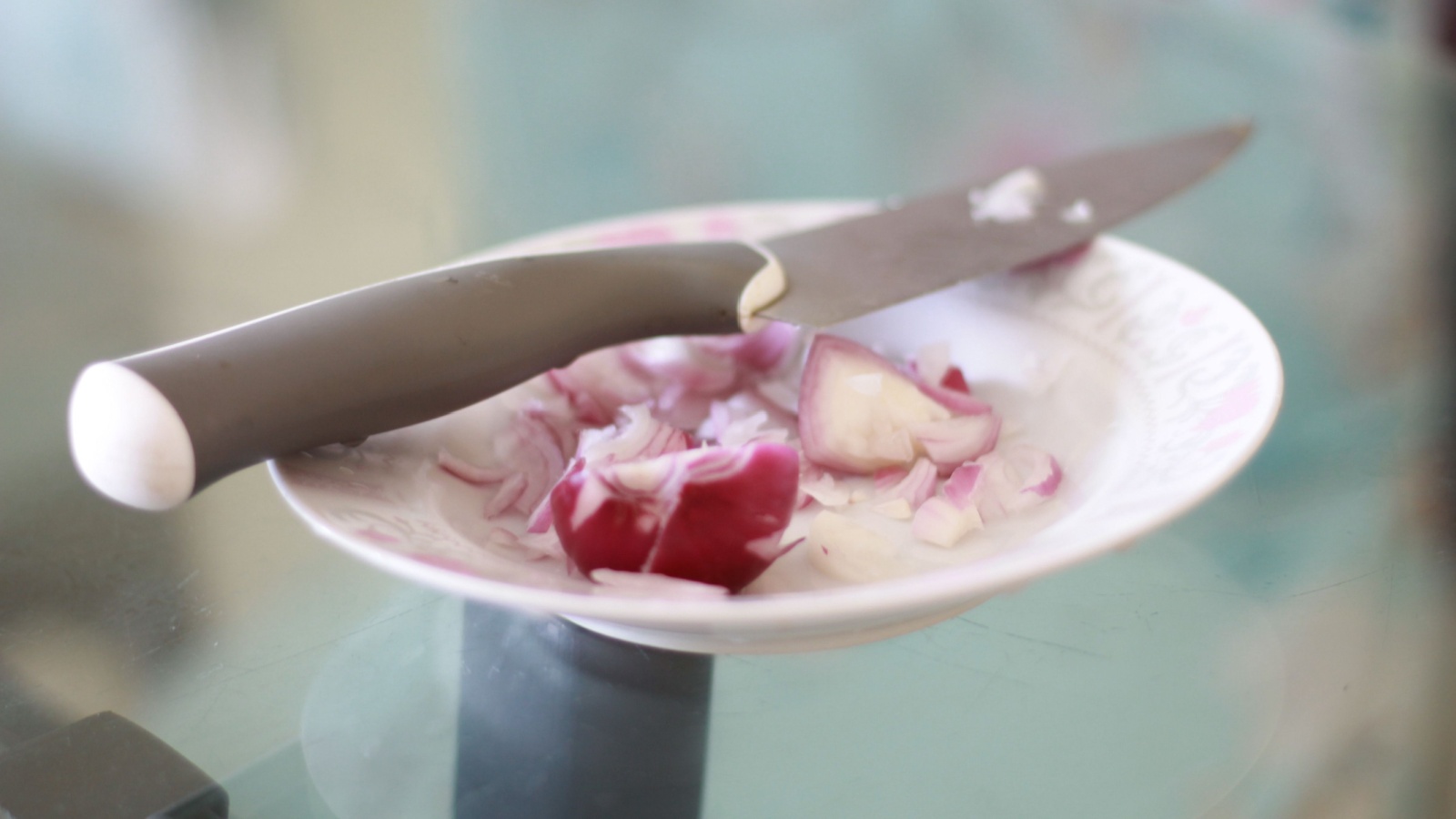
Chopping onions often leads to teary eyes, but do you know why? When you cut an onion, it releases a gas called syn-propanethial-S-oxide. This gas irritates your eyes, causing them to produce tears as a defense. Interestingly, chilling onions before cutting can reduce this effect.
3. What’s the world’s most expensive spice?

If you guessed pepper or vanilla, you’re way off! The most expensive spice is saffron. It comes from the stigmas of crocus flowers, and each flower only produces three stigmas. It takes about 150 flowers to make just one gram of saffron. That’s why it can cost up to $11,000 per kilogram!
4. What’s the difference between white and brown eggs?
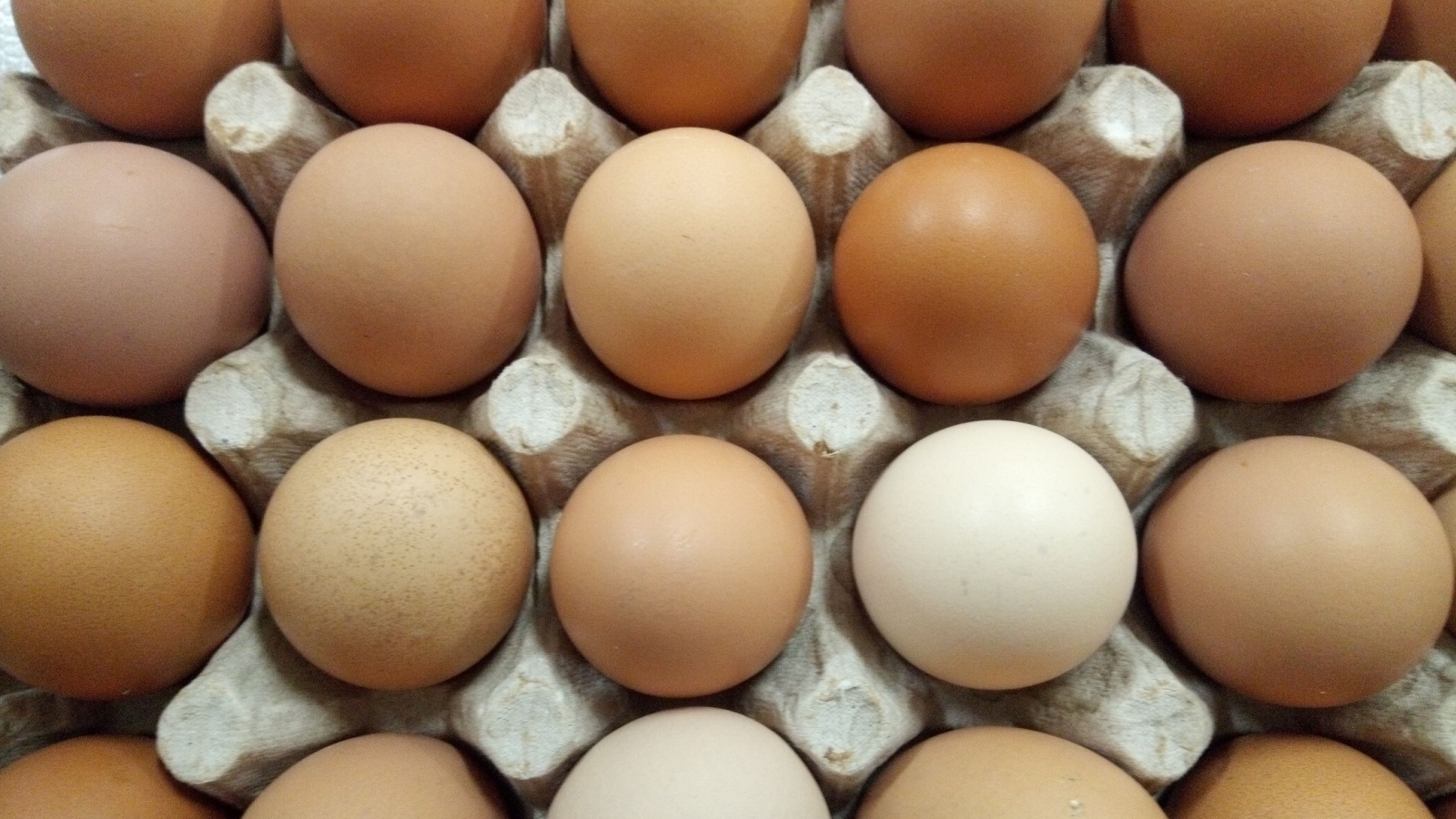
The color of an egg’s shell doesn’t affect its taste or nutritional value. The difference is simply due to the breed of chicken that laid it. White-feathered chickens with white earlobes lay white eggs, while red-feathered chickens with red earlobes lay brown eggs. Some breeds even lay blue or green eggs!
5. Why does pineapple make your mouth feel funny?
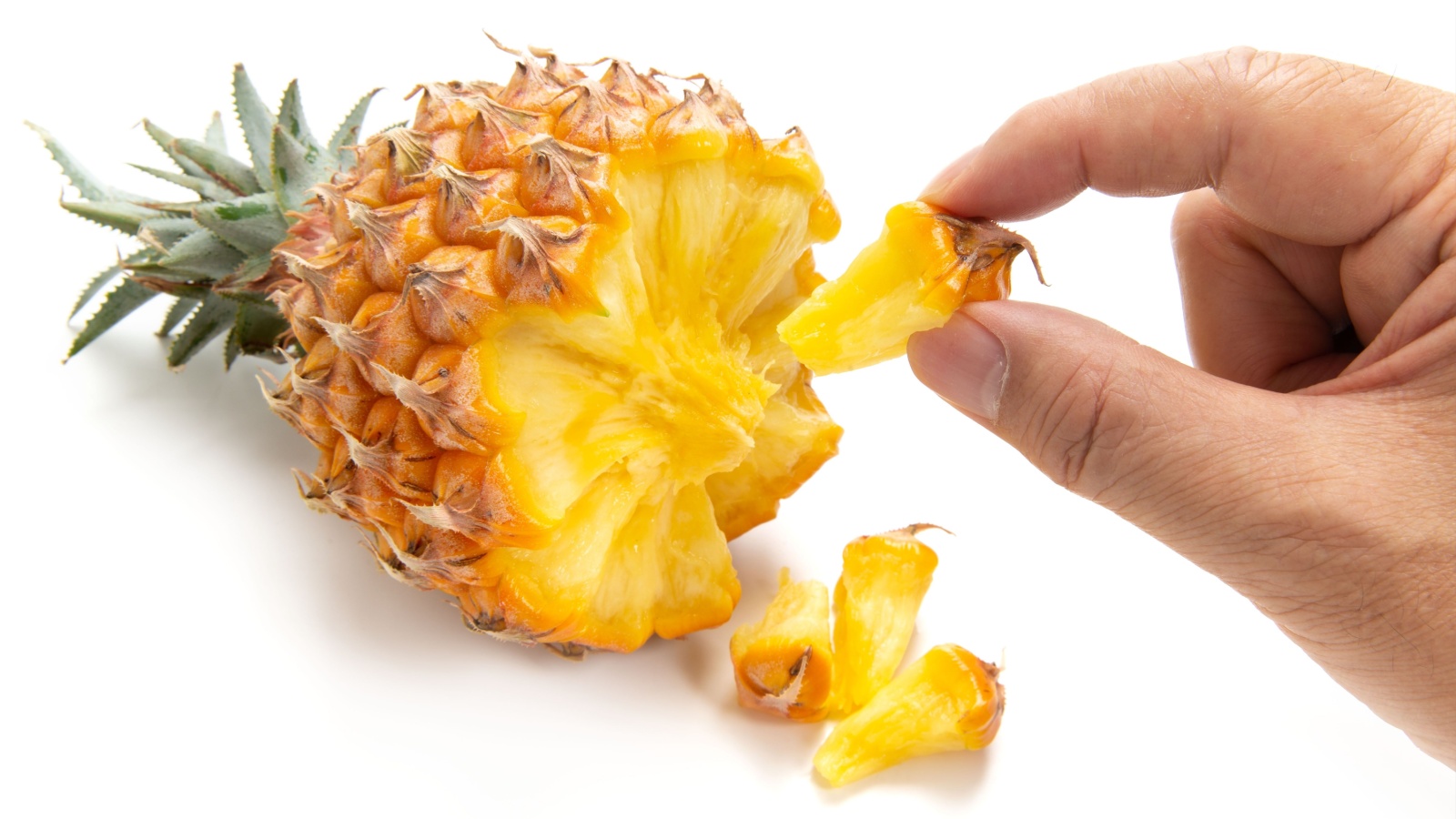
If you’ve ever eaten a lot of fresh pineapple, you might have noticed a tingling or burning sensation in your mouth. This is because pineapple contains an enzyme called bromelain. This enzyme actually breaks down proteins, including those in your mouth! Don’t worry though, it’s harmless and temporary.
6. What’s the difference between baking soda and baking powder?
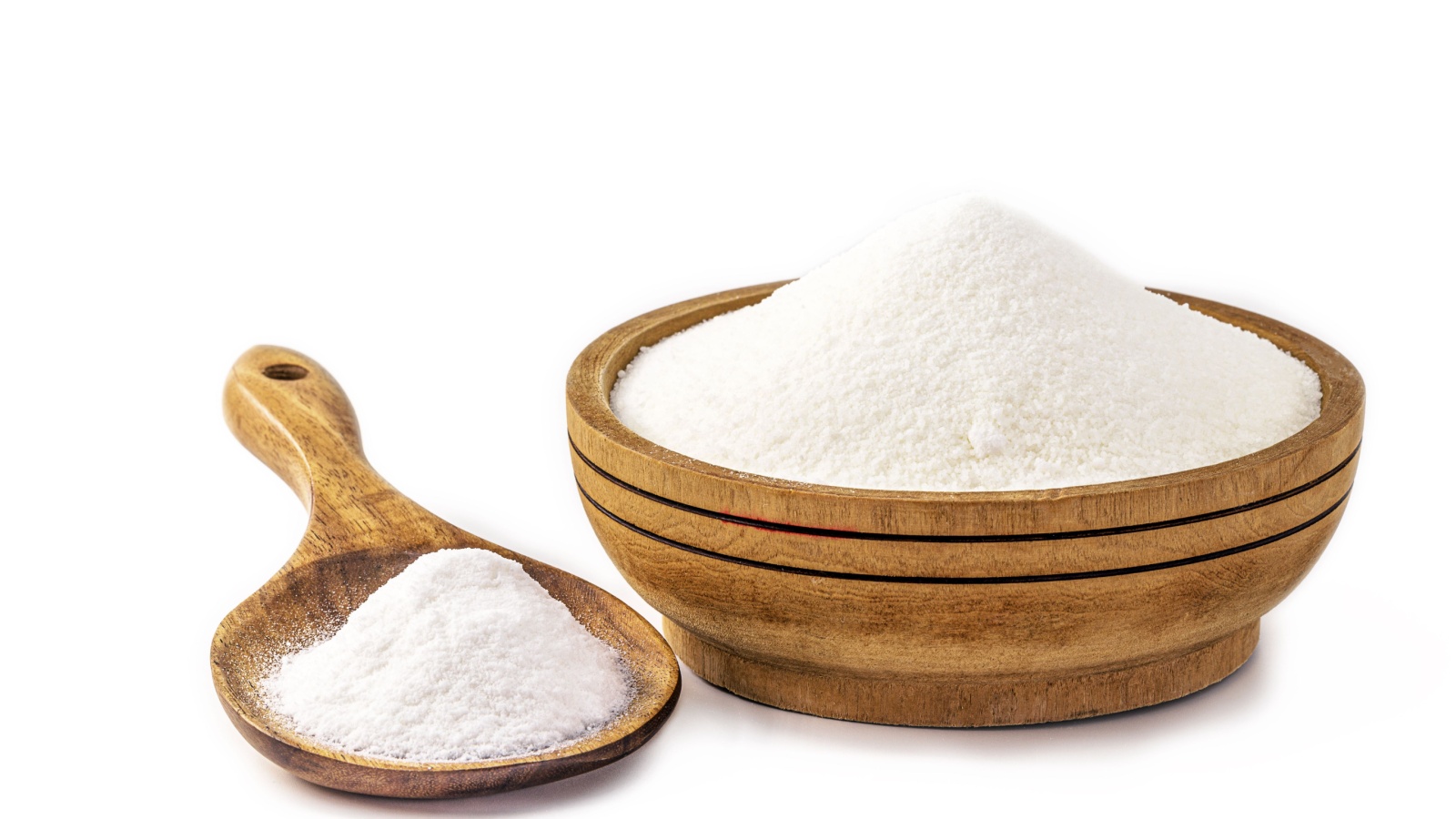
Both make baked goods rise, but they work differently. Baking soda needs an acid (like buttermilk or vinegar) to activate it. Baking powder already contains its own acid, so it just needs moisture to work. That’s why some recipes call for one or the other, or sometimes both.
7. Why do apples turn brown when cut?
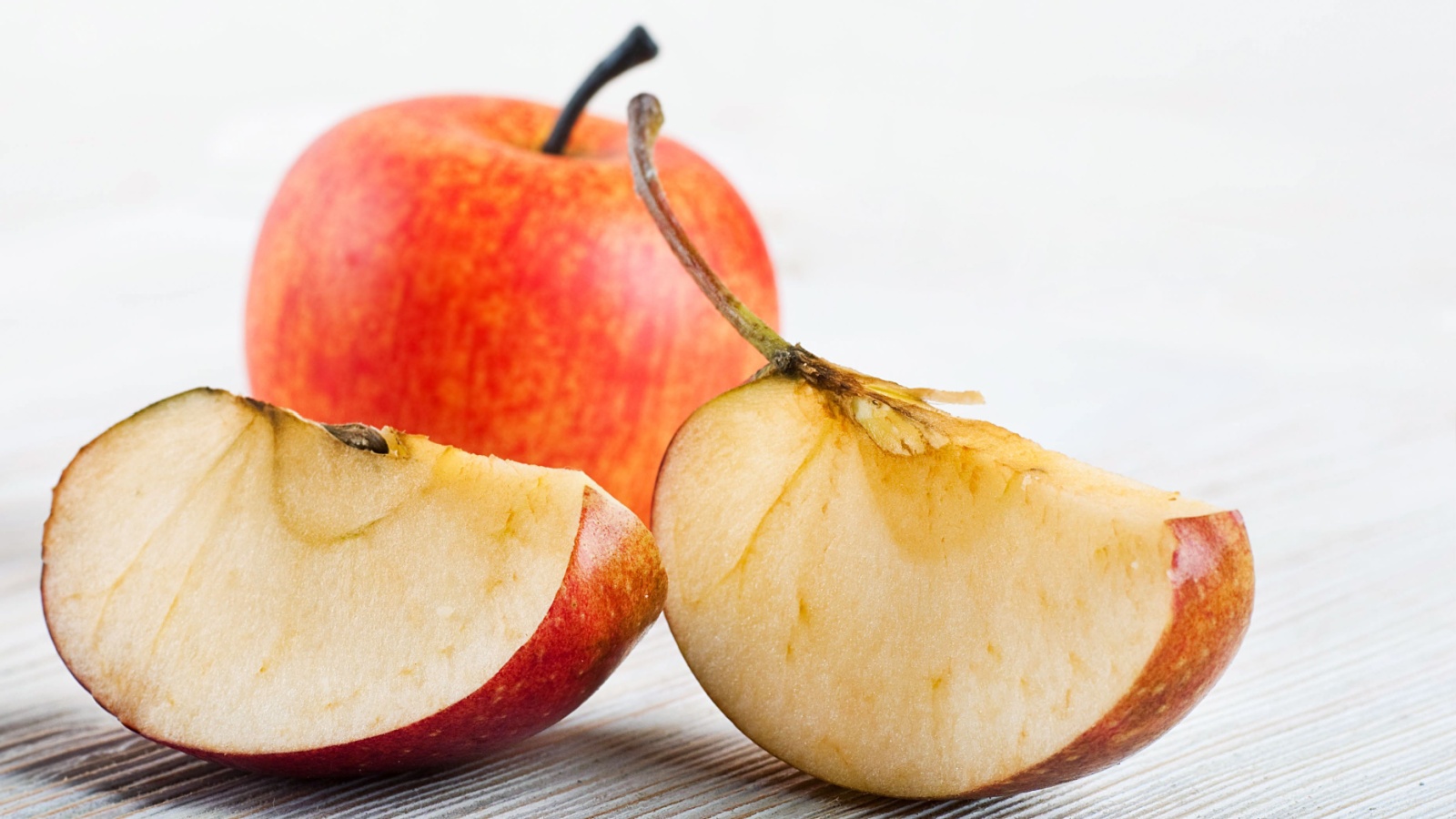
When you cut an apple, you expose its cells to oxygen in the air. This triggers a reaction with enzymes in the apple, producing brown-colored compounds. This process is called oxidation. It doesn’t make the apple unsafe to eat, but it can affect the taste and texture if left too long.
8. What’s the difference between cornstarch and corn flour?
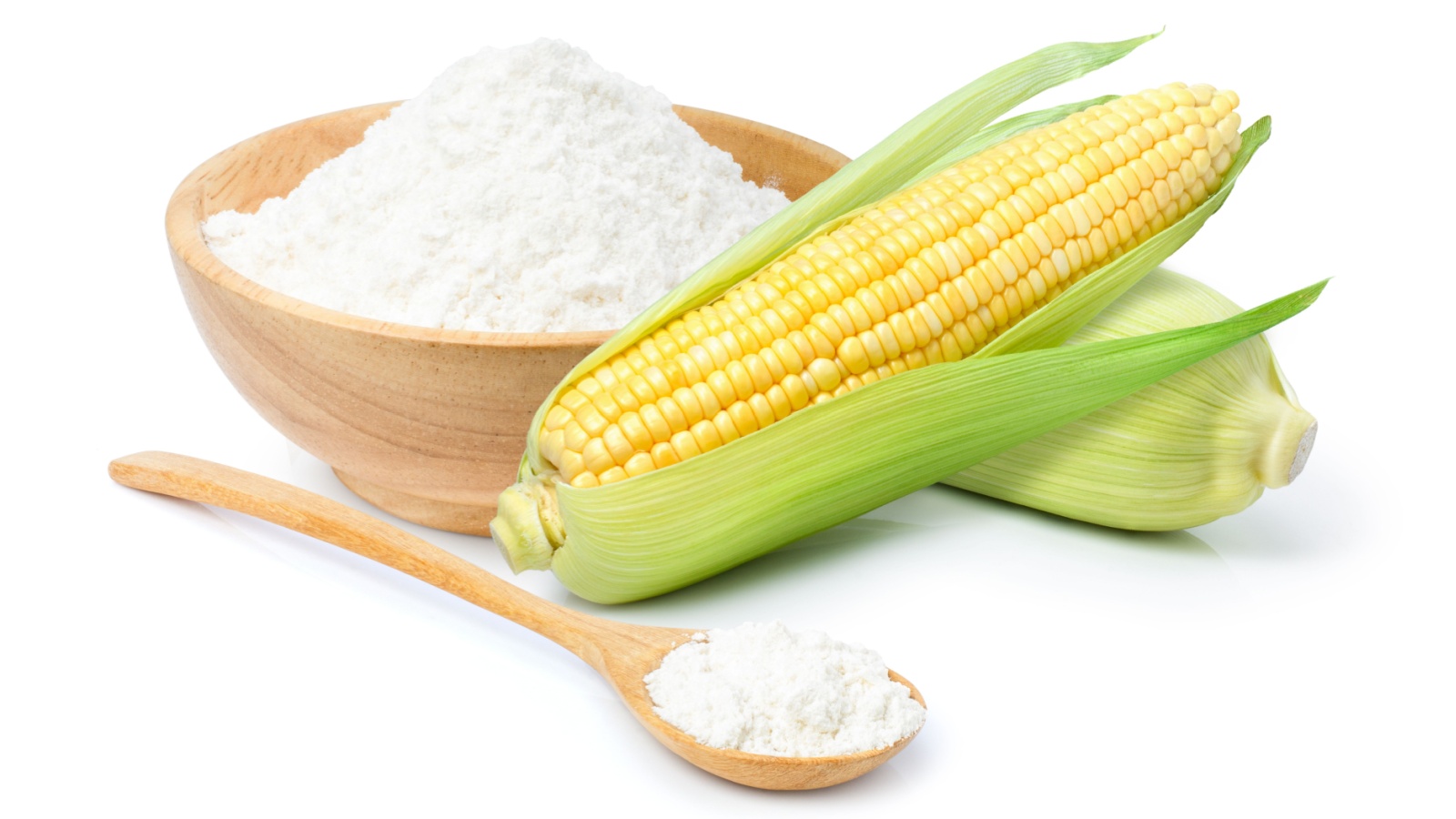
These two ingredients are often confused. Cornstarch is made only from the starchy part of corn kernels and is used as a thickener. Corn flour is made from grinding whole corn kernels and is used more like regular flour. They’re not interchangeable in recipes, so be careful which one you use!
9. Why does asparagus make urine smell funny?

If you’ve noticed a strange smell after eating asparagus, you’re not alone. Asparagus contains a compound that, when digested, produces sulfur-containing chemicals that cause a distinctive odor in urine. Interestingly, not everyone can smell it due to genetic differences.
10. What’s the difference between ice cream and gelato?

While both are frozen desserts, ice cream and gelato are quite different. Ice cream has more air whipped into it and contains more cream. Gelato is denser, with less fat and air. It’s also served at a slightly warmer temperature, which gives it a silkier texture.
11. Why does mint make your mouth feel cool?

The cool sensation you get from mint isn’t actually lowering the temperature in your mouth. Mint contains a compound called menthol, which triggers cold-sensitive receptors in your mouth. It’s tricking your brain into thinking your mouth is cold!
12. What’s the difference between natural and Dutch-process cocoa?
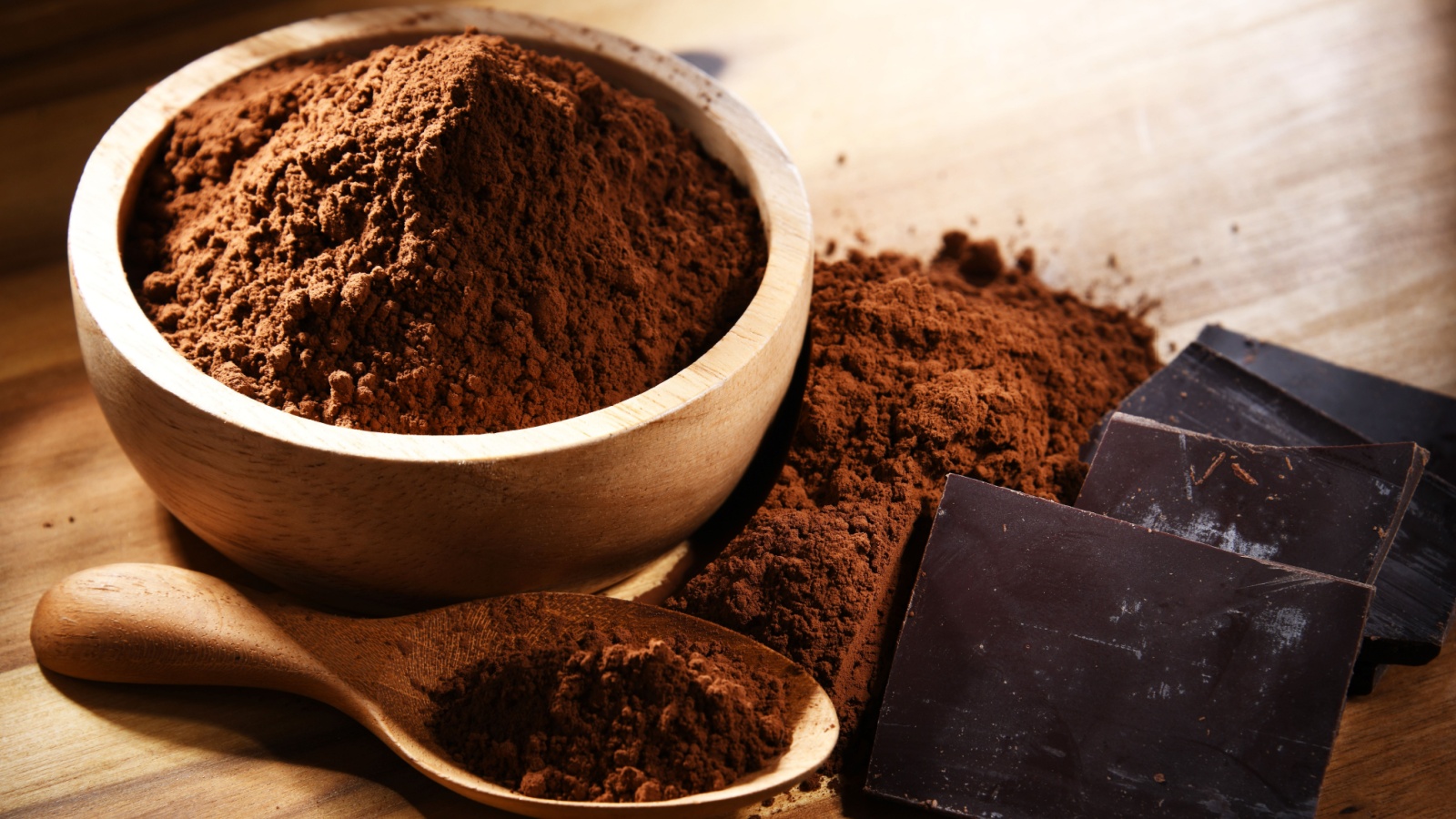
These two types of cocoa powder are processed differently. Natural cocoa is acidic, while Dutch-process cocoa is treated with alkali to neutralize the acid. This affects not only the flavor but also how they react in baking. They’re not always interchangeable in recipes.
13. Why does cilantro taste like soap to some people?

If cilantro tastes like soap to you, you’re not crazy! Some people have a genetic variation that makes them sensitive to a compound in cilantro called aldehydes. These same compounds are found in soap, which is why cilantro can taste soapy to these individuals.
14. What’s the difference between yams and sweet potatoes?
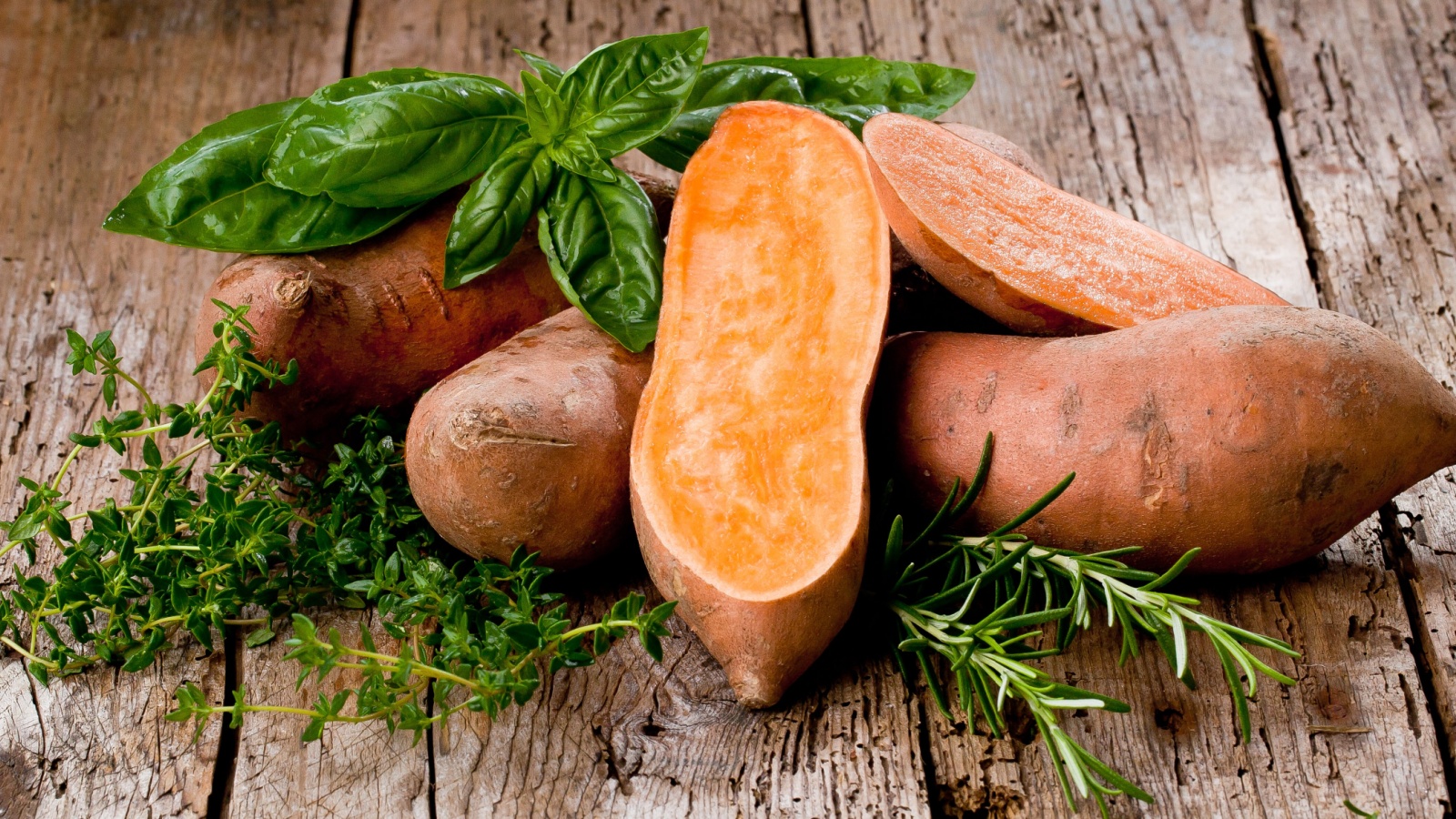
Despite what many people think, yams and sweet potatoes are completely different vegetables. True yams are rarely found in U.S. supermarkets. What we often call “yams” are actually just a different variety of sweet potato. Real yams have a rough, scaly skin and are starchier.
15. Why does eating turkey make you sleepy?
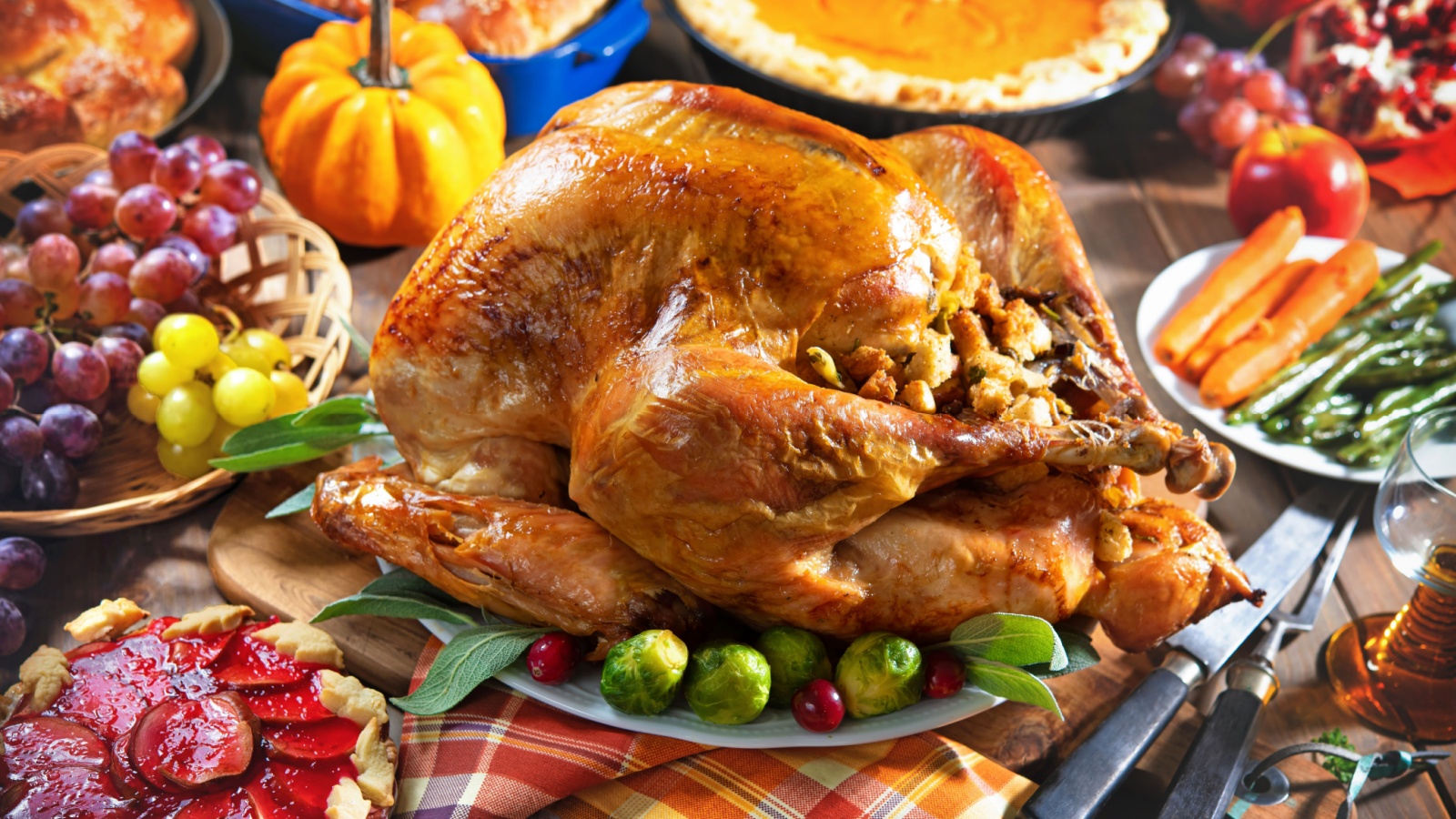
Many people blame tryptophan in turkey for post-Thanksgiving drowsiness, but that’s a myth. Turkey doesn’t contain more tryptophan than other meats. The sleepiness is more likely due to overeating and the high amount of carbohydrates in a typical holiday meal.
16. What’s the difference between stock and broth?
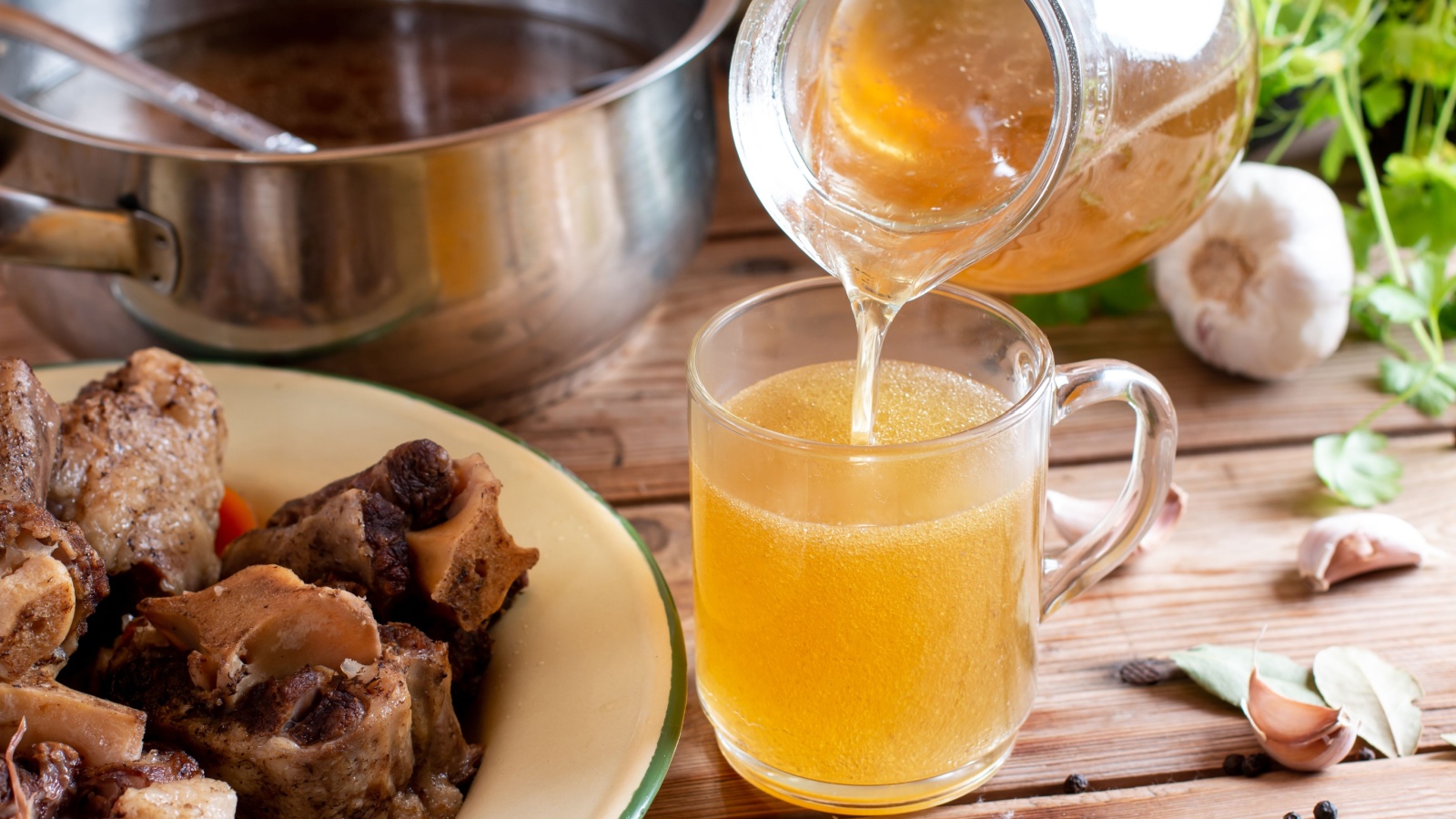
While often used interchangeably, stock and broth are made differently. Stock is made by simmering bones, while broth is made from meat. Stock is generally unseasoned, while broth is seasoned and can be enjoyed on its own. Stock tends to have a richer flavor due to gelatin from the bones.
17. Why does grapefruit interfere with some medications?

Grapefruit contains compounds that can affect how your body processes certain drugs. It can cause your body to absorb too much or too little of the medication. This can lead to side effects or make the medication less effective. Always check with your doctor about grapefruit interactions.
18. What’s the difference between sherbet and sorbet?
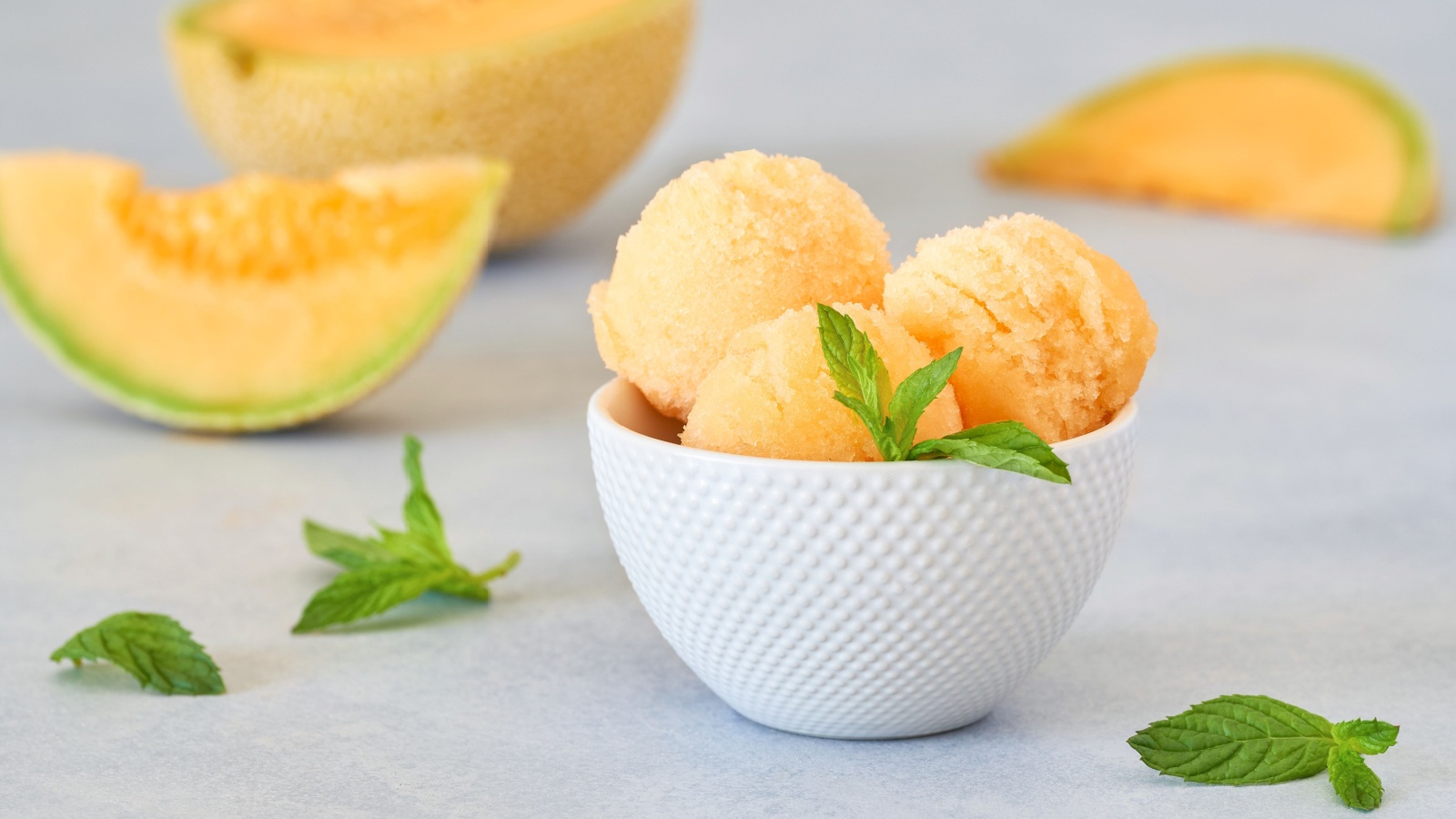
These frozen desserts are often confused. Sherbet contains a small amount of dairy (usually milk or buttermilk), giving it a creamier texture. Sorbet is dairy-free, made only from fruit puree or juice, water, and sugar. This makes sorbet a good option for those avoiding dairy.
19. Why do some cheeses have holes?

Those distinctive holes in Swiss cheese aren’t made by mice! They’re actually formed by bacteria that produce carbon dioxide gas as they consume lactic acid. As the cheese ages, these gas bubbles create holes called “eyes.” Interestingly, the size and number of holes can indicate the cheese’s quality and aging process.
20. What’s the difference between tomato sauce and tomato paste?
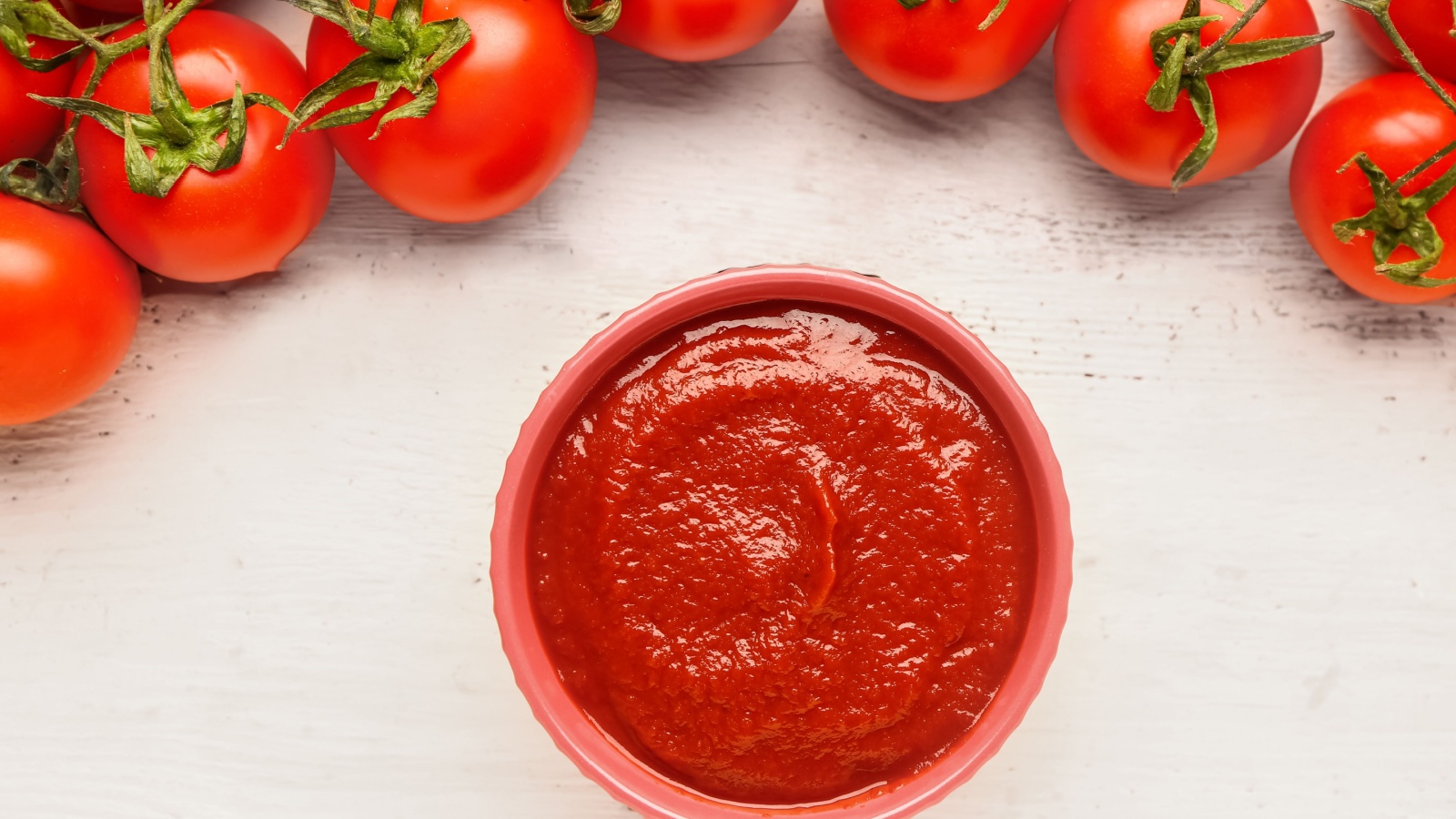
While both are made from tomatoes, they’re quite different products. Tomato sauce is thinner and often includes other ingredients like herbs and spices. Tomato paste is much thicker, made by cooking tomatoes for hours to reduce moisture. Paste is more concentrated, so a little goes a long way in recipes.
21. Why does eating spicy food make you sweat?

Spicy foods contain compounds like capsaicin that trigger pain receptors in your mouth. Your body interprets this as heat and tries to cool you down by making you sweat. This is why spicy food can make you feel hot, even if the food itself isn’t warm!
22. What’s the difference between sea salt and table salt?

While both are mostly sodium chloride, they differ in processing and texture. Sea salt is made by evaporating seawater and is less processed. Table salt is mined and more heavily processed, often with added iodine. Sea salt tends to have larger, coarser grains and may contain trace minerals.
23. Why does spinach make your teeth feel funny?

That chalky feeling on your teeth after eating spinach is due to oxalic acid. This compound binds with the calcium in your saliva, creating the sensation of a film on your teeth. While harmless, this effect might make some people avoid raw spinach.
Katy Willis is a writer, master herbalist, master gardener, and certified canine nutritionist who has been writing since 2002. She’s finds joy in learning new and interesting things, and finds history, science, and nature endlessly fascinating.
